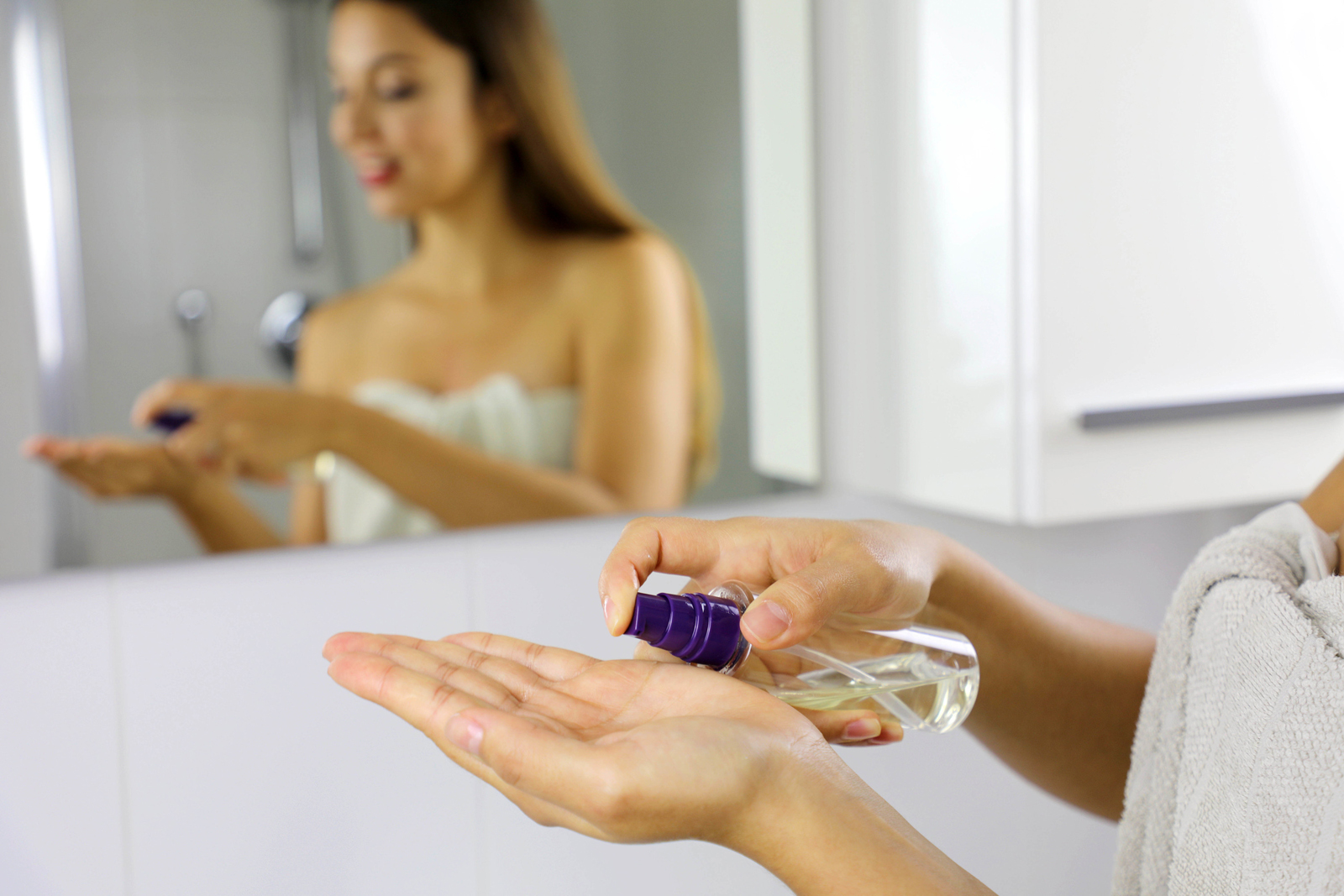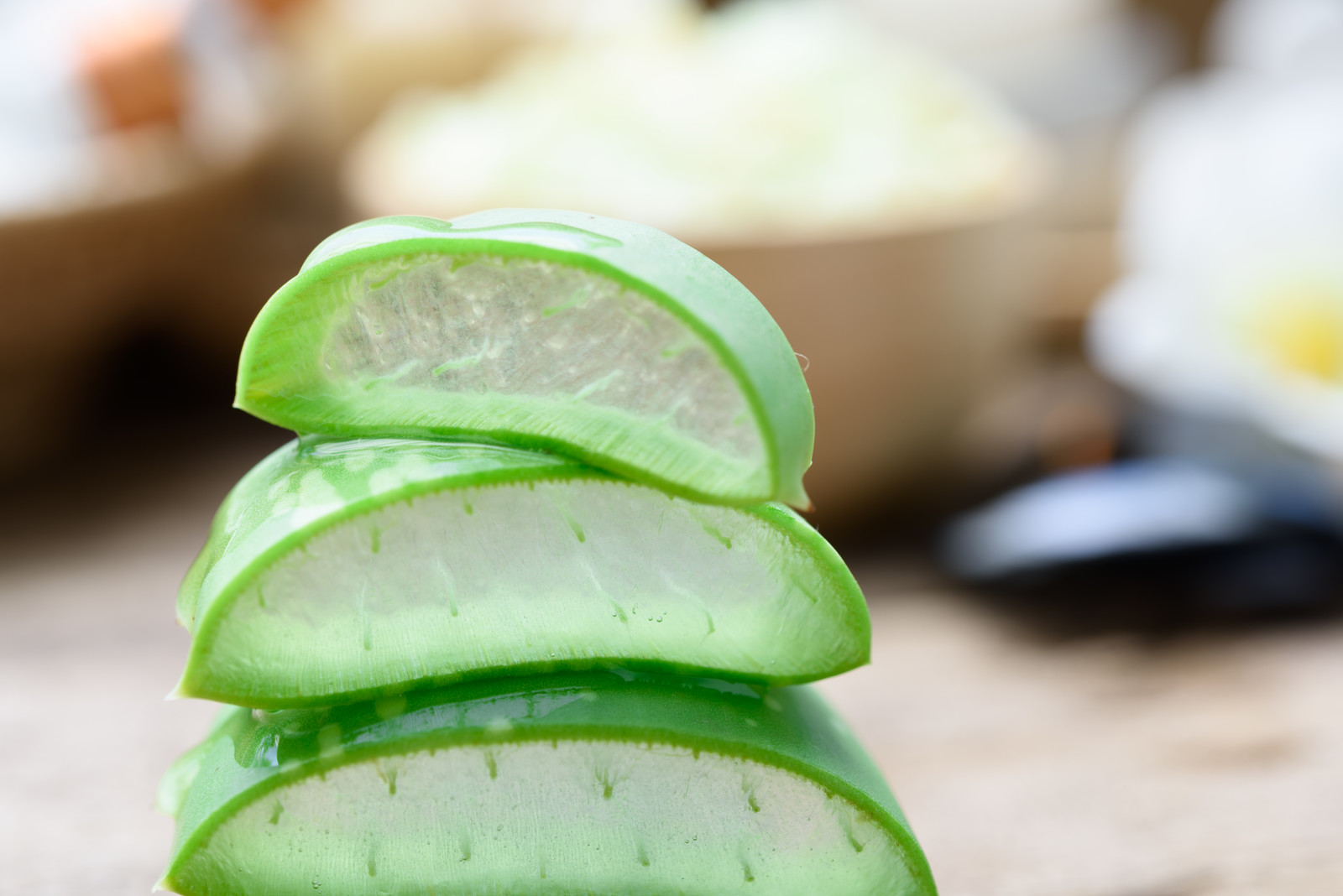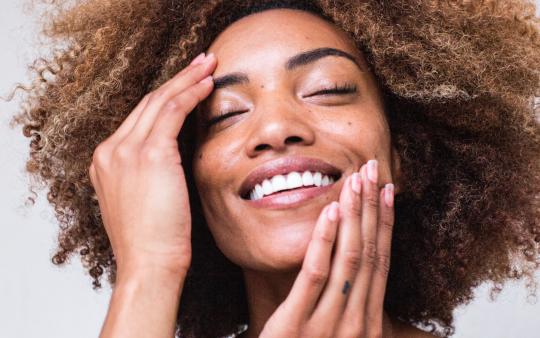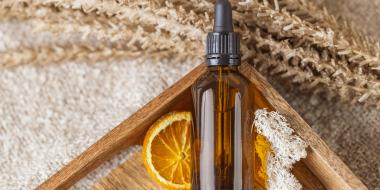Pimple, zit, blemish, pustule, or acne: no matter what you call it, those irritating (and irritated!) little red, white, or black blemishes and bumps crop up at the most inopportune times or just hang around, long outstaying their unwelcome. You may have thought that leaving your teens meant saying bye-bye to breakouts and feel like you’re the only one desperately dabbing on concealer, but adult acne is pretty common with nearly 50 percent of women from 20–29 and 25 percent of women from 40–49 suffering from acne-related skin conditions.
Several factors, including heredity, makeup use, medications, sweating, and over-washing can all be culprits that lead to breakouts, but perhaps one of the most frustrating is due to your hormones! Experts have differing opinions on why it happens, especially as hormonal acne can sometimes be indicative of underlying medical conditions, while other cases may not be linked to any specific issues, making a definitive root-cause diagnosis really challenging. What is generally agreed upon is that adult acne in women is typically caused by the fluctuations of estrogen and progesterone which is believed to cause an increase of oil in pores, leading to—you guessed it—clogging, inflammation, and the dreaded pimple right before your big event!
The causes of acne
Acne is caused by clogged pores in the skin (even your skin’s natural oils can turn on you!). When the pores become clogged, the skin’s natural bacteria can increase, triggering an immune system response, causing white blood cells to join the fight, leading to inflammation, and in turn, acne. It is not just isolated to the face either, it can happen on other parts of the body such as the back, neck, butt, and thighs.
This means that hormonal acne may rear its ugly head just before your period, like a harbinger of the cramping, moodiness, and discomfort to come, or it may lay in wait until the first stages of menopause. Perhaps it’s a warning of polycystic ovary syndrome (PCOS) or elevated androgen levels. Whatever the case may be, a discussion with your healthcare provider to suss out the underlying cause is an important first step.
The challenge of hormonal acne
Not your average spot, hormonal acne has its own special brand of irritation:
-
Acne that appears with your menstrual cycle.
-
Typically appears on the lower part of the face including chin, jawline, and around the mouth.
-
Can be pimples, blackheads, whiteheads, or cysts (painful bumps that usually stay just under the surface of the skin).
-
Accompanies inflamed and/or oily skin.
Unfortunately, since most over-the-counter spot treatments just aren’t strong enough to deal with hormone-related acne, more stubborn cases may involve doctor-prescribed medication. But the good news is that, even if medication is needed for a time, implementing a few lifestyle changes and introducing a solid skincare regimen may diminish some of the symptoms, lessen the duration, and improve overall skin condition.
Why you get pimples from stress
Stress isn’t just stressful on your insides, it can stress your outsides too! Although stress doesn’t directly cause pimples to form, research shows that stress triggers hormonal changes that are known to worsen acne. When we’re stressed out, our body excretes hormones that cause an overproduction of sebum, which not only means more oil production, it also signals an immune response leading to inflammation (and the dreaded pimple pops out!). Further, some research also indicates that stress’ negative impact on our microbiome plays a modulating role in immunity and in turn, acne.
To learn how the microbiome works, visit ecoparent.ca/mysterious-microbiome.
Plus, when we’re stressed out we tend to overindulge in unhealthy foods or too much alcohol and caffeine, we don’t get enough sleep, and believe it or not, we touch our faces more (another reason to do as your mother says and wash your hands often!), all of which aggravate an already aggravating situation!
While we can’t necessarily remove all stressors from our lives, we can certainly attempt to reduce our reactions. Implementing mindful meditation and gentle exercise, scheduling in some me-time, and doing your best to eat well, avoid sugar, get enough sleep, and get plenty of healing hugs (always get plenty of hugs!) can help alleviate some of the symptoms associated with stress, thus potentially limiting the severity of the breakout.

Finding the right skin cleanser
When we’re suffering through a breakout, our face often seems greasy, oily, and in need of some serious cleaning. So we cleanse and cleanse, implement scrubs, astringents, and metallic instruments of torture, and pick and pry and exfoliate those zits into oblivion. But as we’ve all found out at one point or another: this only succeeds in making our skin more inflamed, and can result in a larger, angrier mob of zits.
The key to great skincare is to go easy on your face. Not too harsh, and not too soft (sorry, just rinsing with water won’t do). One that is gentle, promotes healing, soothes inflammation, and washes the grime of the day away. It’s finding the Goldilocks of skincare regimens: one that’s juuuuuust right!
While foaming cleansers may work for some skin, when your skin is inflamed, sensitive, or dry, these might be too irritating. However, it doesn’t mean ditching cleaners altogether. You still need something to slip between the grime, makeup, and your skin, and whisk it all away. This is where oil comes in. Yes, oil.
Where conventional foaming cleansers tend to strip the skin of both its natural lipid barrier and the good colony of bacteria living on the surface, oil cleansing leaves both intact, promoting a healthy balance. Cleansing with oil can clear the skin of excess sebum, clean out blackheads and whiteheads, and remove dirt, makeup, and debris, all while locking in moisture and allowing the skin to absorb the oil’s nutrients and skin-boosting benefits.
How to make your own oil cleanser
Make your own oil cleanser with two antibacterial, antimicrobial oils that will gently wash the day away without stripping your skin!
Instructions
- Combine 2 parts castor oil with 1 part jojoba oil.
- Smooth 1 tsp onto damp skin, massaging firmly but gently for two minutes.
- Cover face with a washcloth that has been saturated in very warm water, then wrung out, and leave in place for 10–15 seconds.
- Wipe off oil, rinse the washcloth, then repeat until face is makeup-free and oil is gone.
Skincare bonus: If you’re attached to some foamy goodness, give the double-cleansing method a try. Follow the oil cleanse with a gentle plant-based foam cleanser.
Want a skincare beauty breakdown sure to nourish your skin? Check out ecoparent.ca/k-beauty-basics.

Aloe Vera Face Mask
Aloe features anti-inflammatory properties that can help calm irritated skin, and has naturally occurring salicylic acid and sulfur making it ideal to combat acne-prone or oily skin. Turmeric also contains anti-inflammatory properties, is antimicrobial, and an antioxidant that can both help clear up acne, and may help reduce scarring associated with breakouts.
Instructions
- Using aloe straight from the plant, gently scrape the jelly from one leaf.
- Mix the aloe with 1 tsp of turmeric powder until a paste forms.
- Apply to face and let sit for 15 minutes.
Skincare bonus: Drinking aloe juice also has been shown to help reduce mild to moderate acne.
While you can’t make hormonal acne magically disappear, you can lessen its severity, giving your skin a chance to heal. Show your body the extra kindness it deserves by limiting stress, eating well, and gently cleaning, renewing, and nourishing your skin with soothing, healing oils!
You may also enjoy: Top 5 Dietary Nutrients for Radiant Skin, Super Solutions for Pimple Problems, and Stay Hydrated for Healthy Skin.






